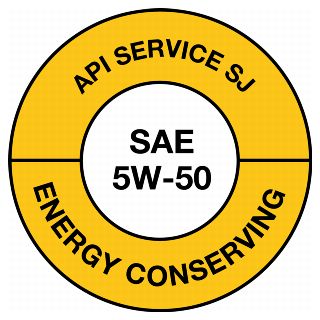Drive Sensibly. Aggressive driving (speeding, rapid acceleration, and braking) wastes gas. It can lower your gas mileage by 33 percent at highway speeds and by 5 percent around town. Sensible driving is also safer for you and others, so you may save more than gas money.
n Fuel Economy Benefit: 5–33 percent
n Equivalent Gasoline Savings: $0.19–$1.23/gallon
Observe the Speed Limit. While each vehicle reaches its optimal fuel economy at a different speed (or range of speeds), gas mileage usually decreases rapidly at speeds above 60 mph. You can assume that each 5 mph you drive over 60 mph is like paying an additional $0.30 per gallon for gas. Observing the speed limit is also safer.
n Fuel Economy Benefit: 7–33 percent
n Equivalent Gasoline Savings: $0.26–$0.86/gallon
Remove Excess Weight. Avoid unnecessary items in your vehicle, especially heavy ones. An extra 100 pounds could reduce your MPG by up to 2 percent. The reduction is based on the percentage of extra weight relative to the vehicle’s weight and affects smaller vehicles more than larger ones.
n Fuel Economy Benefit: 1–2 percent/100 lbs.
n Equivalent Gasoline Savings: $0.04–$0.07/gallon
Use Cruise Control and Overdrive Gears. Using cruise control on the highway helps you maintain a constant speed and, in most cases, will save gas. Also when you use overdrive gearing, your car’s engine speed goes down. This saves gas and reduces engine wear.
Keep Your Engine Properly Tuned. Fixing an out-of-tune car or one that has failed an emissions test can improve its gas mileage by an average of 4 percent, though results vary based on the repair and how well it is done. Fixing a serious maintenance problem, such as a faulty oxygen sensor, can improve your mileage by as much as 40 percent.
n Fuel Economy Benefit: 4 percent
n Equivalent Gasoline Savings: $0.15/gallon
Keep Tires Properly Inflated. You can improve your gas mileage by up to 3.3 percent by keeping your tires inflated to the proper pressure. Underinflated tires can lower gas mileage by 0.3 percent for every 1 pound per square inch (psi) drop in pressure of all four tires. Properly inflated tires are safer and last longer. The proper tire pressure for your vehicle is usually found on a sticker in the driver’s side door jamb or in the glove box and in your owner’s manual. Do not use the maximum pressure printed on the tire’s sidewall.
n Fuel Economy Benefit: up to 3 percent
n Equivalent Gasoline Savings: $0.11/gallon
Use the Recommended Grade of Motor Oil. You can improve your gas mileage by 1–2 percent by using the manufacturer’s recommended motor oil. For example, using 10W-30 motor oil in an engine designed to use 5W-30 can lower your gas mileage by 1–2 percent. Using 5W-30 in an engine designed for 5W-20 can lower your gas mileage by 1–1.5 percent. Look for motor oil that says “Energy Conserving” on the API performance symbol to be sure it contains friction-reducing additives.
n Fuel Economy Benefit: 1–2 percent
n Equivalent Gasoline Savings: $0.04–$0.07/gallon

Check out Department of Energy’s websites for more ideas:
n http://www.fueleconomy.gov/feg/driveHabits.shtml
n http://www.fueleconomy.gov/feg/maintain.shtml
Note: Cost savings are based on an assumed fuel price of $3.72/gallon.
Data Sources: Estimates for fuel savings from sensible driving are based on Energy and Environmental Analysis, Inc., Owner Related Fuel Economy Improvements at
http://www.fueleconomy.gov/feg/pdfs/OwnerRelatedFuelEconomyImprovements.pdf
, Arlington, Virginia, 2001. Estimates for the effect of speed on MPG are based on a study by West, B.H., R.N. McGill, J.W. Hodgson, S.S. Sluder, and D.E. Smith, Development and Verification of Light-Duty Modal Emissions and Fuel Consumption Values for Traffic Models, Oak Ridge National Laboratory, Oak Ridge, Tennessee, March 1999.
